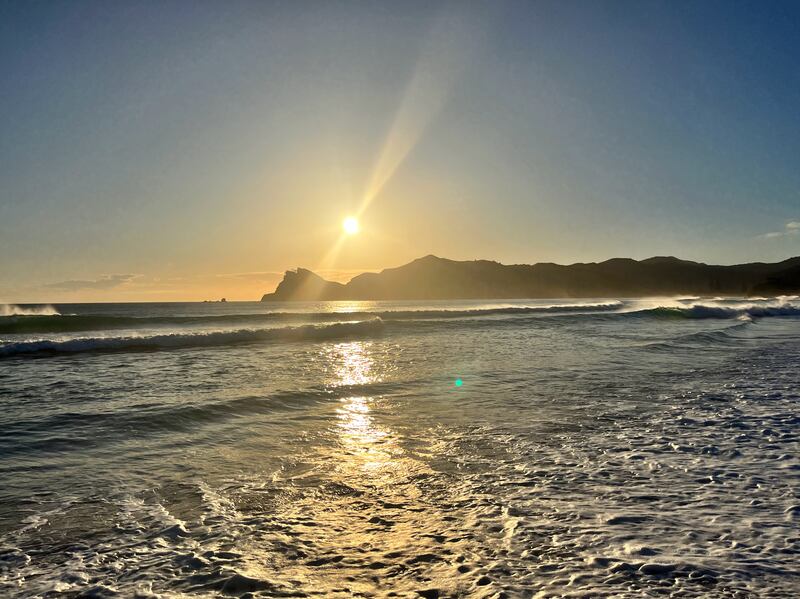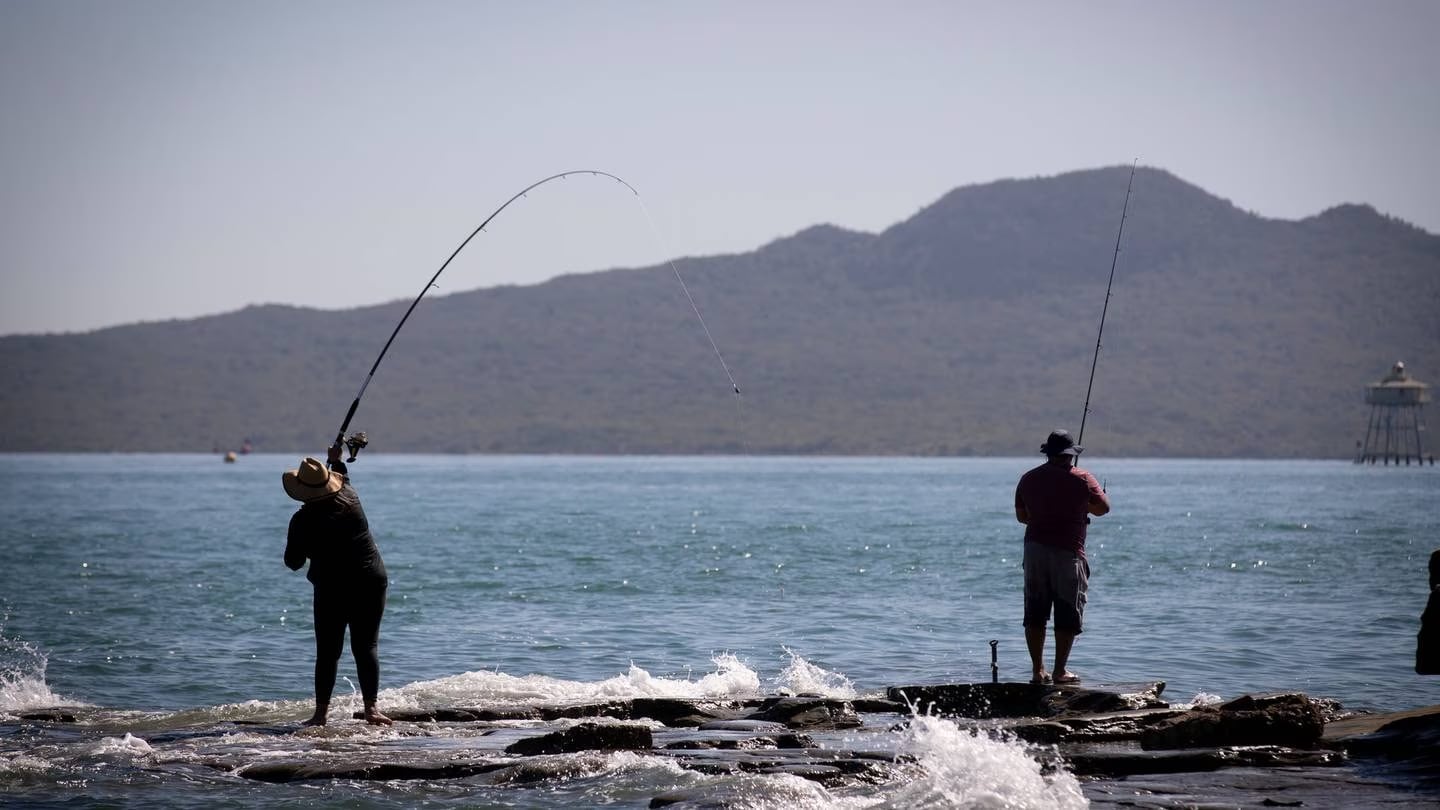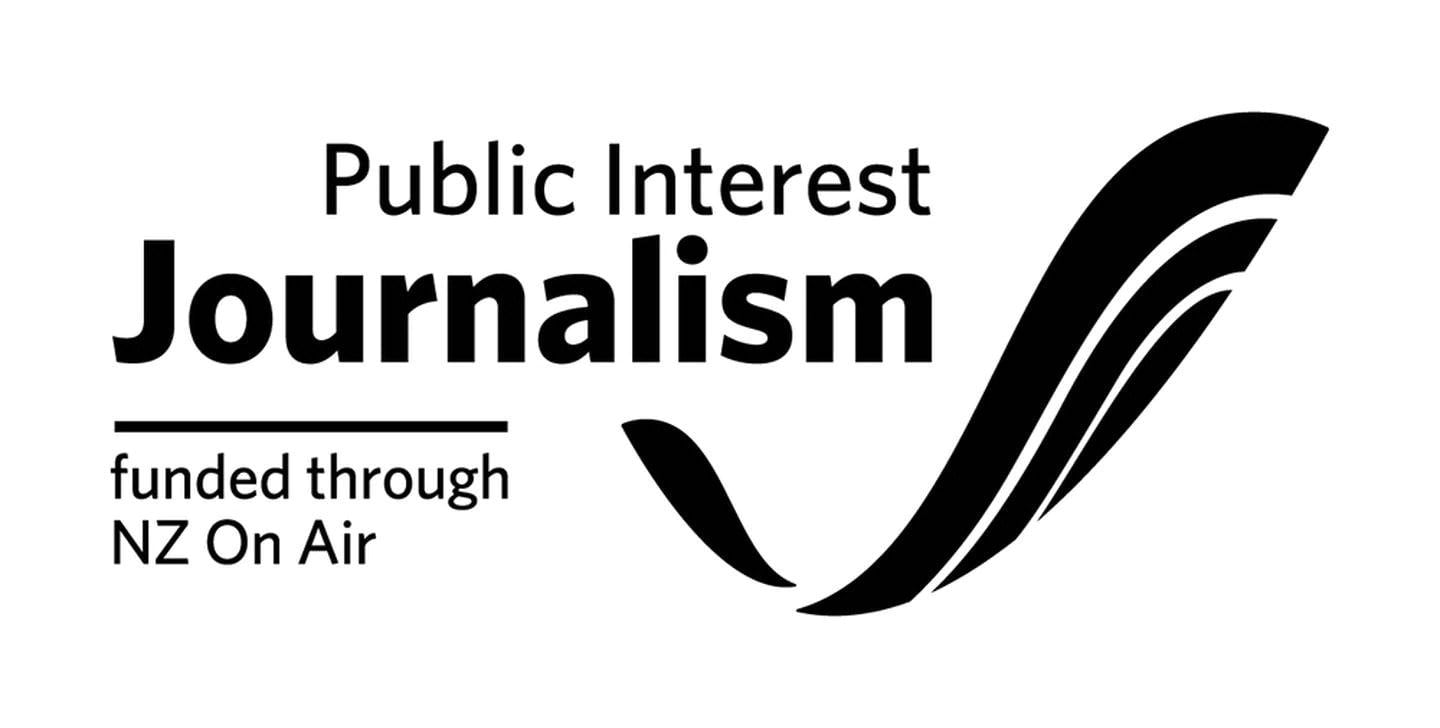A new report which pegs the annual value of the Hauraki Gulf marine park at billions of dollars, should be both welcomed, and serve as a dire warning to users and legislators, according to its commissioners.
Produced by the New Zealand Institute of Economic Research (NZIER) for the Hauraki Gulf Forum, the natural capital asset value report, estimates the gulf’s value at over $5 billion annually, with an asset valuation ranging from $40-100 billion.
“For many of us, the Hauraki Gulf is simply invaluable,” Gulf Forum co-chair Nicola MacDonald says.
“Te Moananui-ā-Toi is an ancestor and a taonga. It is part of who we are.”
“At the same time, we have seen well over a century of continuous damage done to the Gulf, which is not priced, and not remediated.”
Flows of sediment and sewage off land have polluted the moana and choked marine life, MacDonald says
Dredging of kūtai and tipa beds have seen species collapse.
Quantifying benefits
“Now, for the first time, we can start to put real numbers on the continued assault on this taonga.” MacDonald says.
In essence, the valuation quantifies the various benefits the gulf provides to New Zealanders, encompassing economic aspects like commercial fishing and real estate value, along with cultural, recreational, social, and well-being benefits often overlooked in traditional assessments.
“We have long understood the commercial flows of value from the Gulf,” Gulf Forum co-chair Toby Adams says.“For example, the annual value of commercial fishing and associated employment in the
marine park. Same for the value of proximity to the gulf for the real estate market.”
“What is novel here is that we now have initial numbers for the cultural, recreational, social and well-being value we all derive.”
Adams says having some numbers around the regulating and supporting services that the Gulf provides, is new.
“Perhaps the biggest surprise is how well under half of the value flowing from the Gulf will never show up in a traditional GDP valuation model.”

There are a range of assumptions used within the report that “will no doubt be hotly debated,” Adams says but he argues if past economic models are anything to go by, the estimate could be off to the downside.
“There are aspects where we simply lack the data to offer a full account – for example, the gulf’s ability to sequester carbon,” he says.
His hope is that a new model for counting the value in the natural environment is something more people might engage with, going forward.
“We hope that others around the motu will pick up this work and take it forward in their areas.”
“This is a genuinely exciting moment for the future management of our precious natural environment.”
The urgency of the data within the report, is something MacDonald says she hopes people across the board will give some thought to.
“To be clear, this is a valuation of the gulf as we find it today. And as our State of the Gulf reports show, it is hurting, having suffered decades of destruction.”
“You can only imagine what a fully restored, healthy, abundant Gulf would be worth,”, she says.


